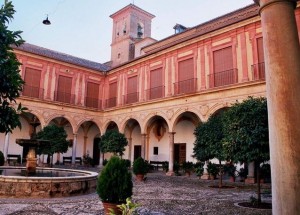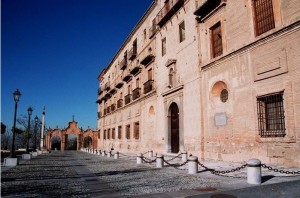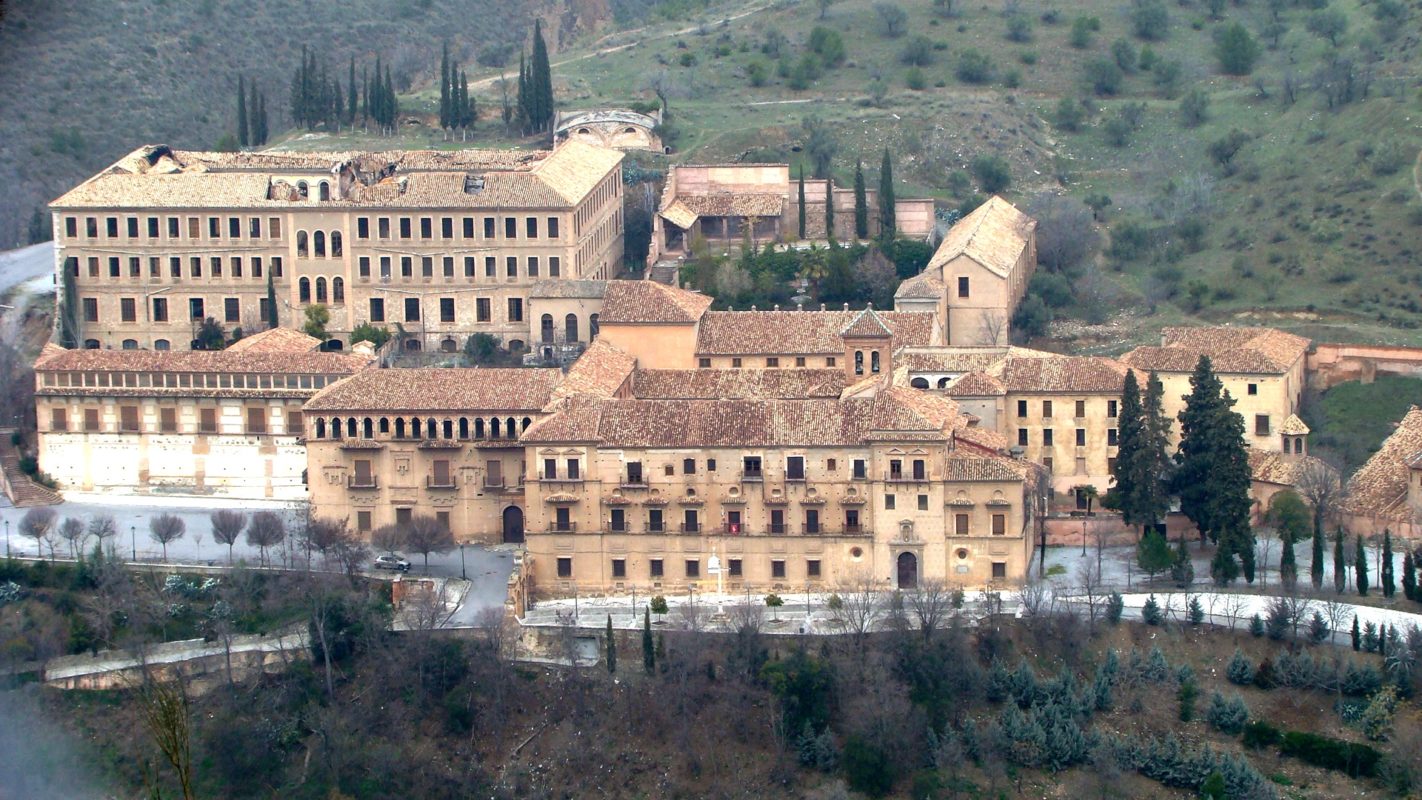Sacromonte, or Monte Valparaíso, one of the hills the city of Granada sits on, was the 16th century stage for one of the most mysterious and transcendental feats in the history of the city of Granada, which conferred the moniker sacred (sacro-) upon the hill.
In one of the many caves dug into the hill, relics from some saints from the 16th century who had been martyred were found in one of these same caves, along with writings in Arabic on lead sheets, called the Lead Books. On them, in addition to the legend of Saint Caecilius of Elvira, Saint Ctesiphon and San Hesychius, an assumed fifth testament was found, written by Mary the mother of Jesus, which combined the peninsula’s two great monotheist religions, Islam and Christianity, through the points they both have in common. After years of being studied, the Vatican determined that only the part referring to the Saints was true, while the part with Mary’s testament was just an attempt by Moorish nobles in Granada to avoid their expulsion as well as that of their people.
In the same place where the books and remains of the male saints were found, an abbey was built, the Abadía del Sacromonte, which hosts thousands of Granada residents on the first weekend of February each year, who make a pilgrimage there to celebrate the day of the city’s patron saint, Saint Caecilius. Granada locals also flow into the Sacromonte complex during Holy Week, when on Holy Wednesday they come to see the Christ of the Gypsies, lord of Sacromonte, enclose himself in his abbey, after having climbed up its steep hills, lit by firelight and accompanied by the singing and dancing of the neighbourhood’s local residents.

The Abadía de Sacromonte. The abbey is a privileged place for meditation and contemplation, where you can silently admire the impressive views of the Alhambra (Alhambra Tours), the Albayzin, the River Darro and imposing the Sierra Nevada mountains.

More information on Abadía del Sacromonte, can be found on the websites Archidiócesis de Granada, the Museo de la Abadía, GranadaDirect and on Amigos del Sacromonte.


